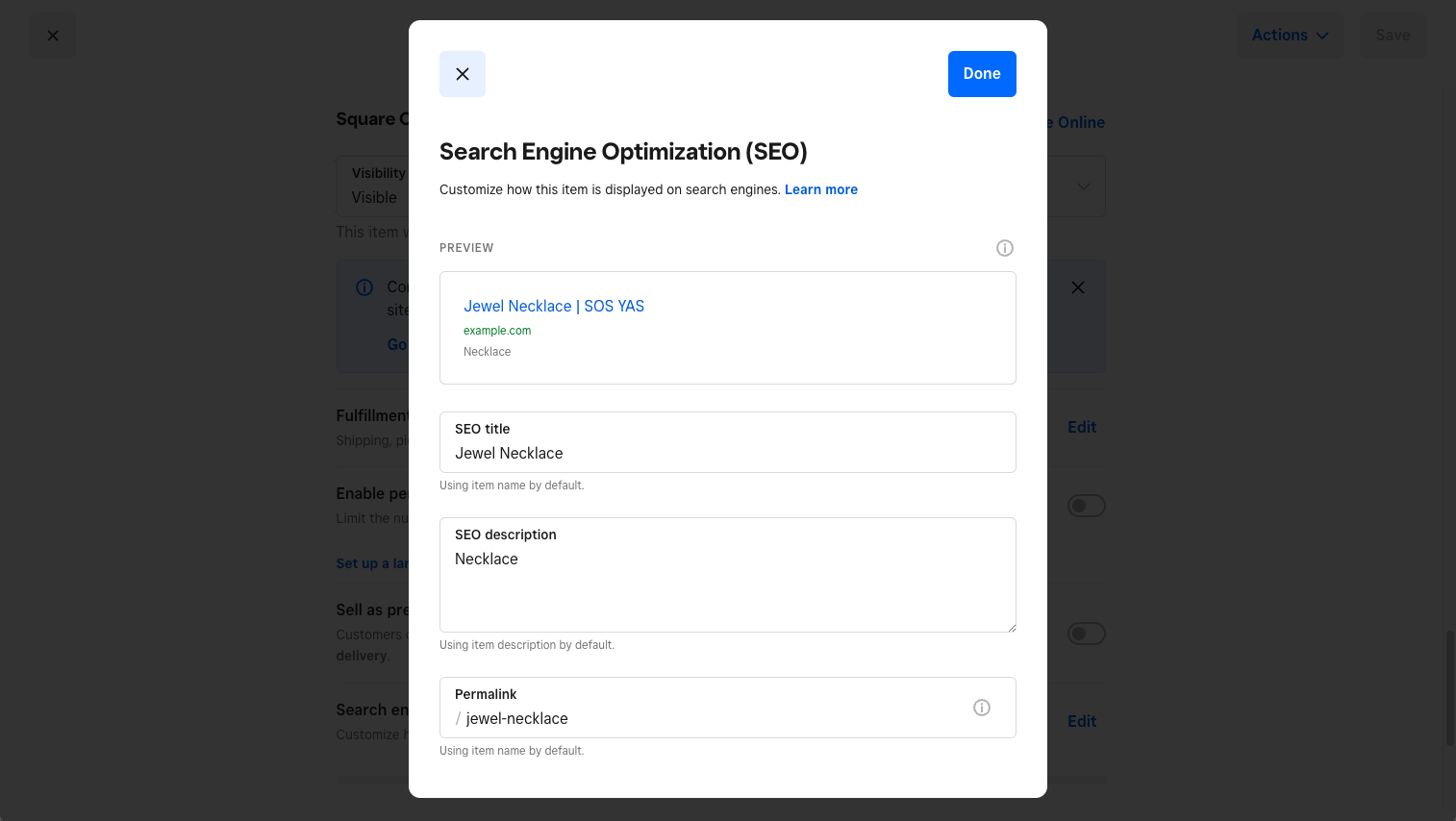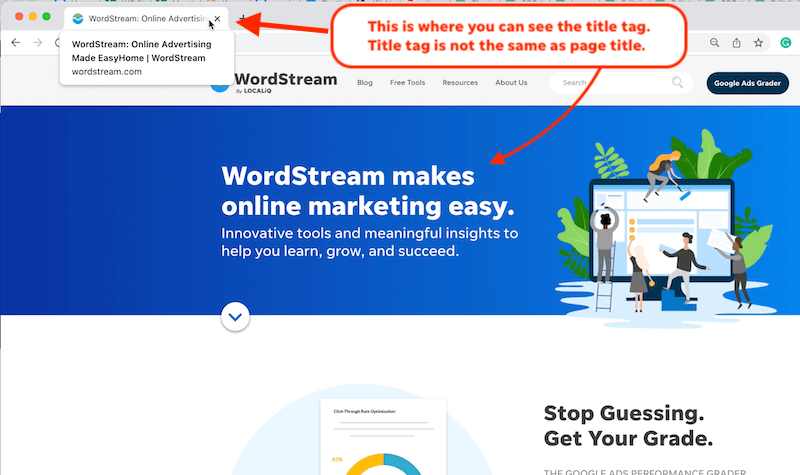Introducing the Unconventional Mediums in Google Analytics Beyond Default Settings
In the realm of electronic analytics, Google Analytics stands as a keystone for companies seeking to recognize their online existence. While default setups supply valuable insights, truth deepness of recognizing lies in exploring the unique tools that commonly go unnoticed. By venturing beyond the surface and diving right into the ins and outs of social networks information, e-mail campaign efficiency, recommendation traffic resources, straight traffic patterns, and custom channel groups, a bonanza of details waits for those happy to embrace a more nuanced approach. What lies below these non-traditional mediums may just redefine just how organizations regard and plan their on the internet campaigns.

Leveraging Social Network Insights
Occasionally forgotten, yet tremendously beneficial, is the practice of leveraging social networks understandings within the realm of Google Analytics. By incorporating information from platforms like Facebook, Twitter, Instagram, and LinkedIn right into Google Analytics, businesses can gain a deeper understanding of their target market and the performance of their social media campaigns.
With this assimilation, marketing professionals can track and analyze customer behavior on their site that stems from social media sites systems. They can identify which social networks channels are driving one of the most traffic, which web content is reverberating with the audience, and which campaigns are transforming the most leads. This understanding permits data-driven choices to maximize social media techniques and enhance general advertising performance.
Moreover, by integrating social media sites understandings with Google Analytics, organizations can develop extra targeted and individualized projects - what is not considered a default medium in google analytics. They can make use of group details, passions, and on-line actions collected from social media sites to improve their target market division and provide tailored messages that resonate with specific consumer teams. This targeted strategy can bring about greater interaction, enhanced conversions, and ultimately, improved roi
Revealing Email Project Performance
Uncovering Email Campaign Efficiency includes analyzing key metrics and efficiency indications to examine the effectiveness of email marketing initiatives. When diving into email campaign efficiency, it is crucial to evaluate metrics such as open prices, click-through rates, conversion prices, and unsubscribe rates. Open prices suggest the portion of receivers who opened the email, giving insight into the effectiveness of subject lines and sender names. Click-through rates measure the percent of receivers who clicked web links within the email, showing involvement degrees. Conversion prices track the percentage of recipients that finished a desired activity after clicking on a link in the e-mail, such as authorizing or making an acquisition up for an e-newsletter. Finally, unsubscribe prices highlight the variety of recipients who decided out of receiving further e-mails, clarifying email material quality and significance. By evaluating these metrics, marketing professionals can tweak their email advocate far better engagement and performance.
Analyzing Recommendation Web Traffic Resources
After assessing the efficiency of email campaigns through essential metrics such as open rates and conversion prices, the next crucial action is examining referral website traffic sources in Google Analytics to understand where website visitors are coming from and just how they interact with the website. Referral traffic sources describe the websites that route customers to your site with clickable links. By delving into this information, businesses can gain insights right into which exterior systems are driving traffic to their website, whether it be social networks platforms, partner websites, or on the internet directories.
Analyzing referral website traffic can provide beneficial info on the effectiveness of external advertising and marketing efforts and partnerships. It assists businesses determine high-performing recommendation resources that contribute dramatically to web site traffic and conversions. Moreover, by comprehending the habits of visitors originating from different referral sources, services can tailor their marketing approaches to enhance engagement and conversions. Google Analytics supplies thorough records on referral website traffic, allowing companies to track the performance of each reference source precisely and make data-driven decisions to improve their online existence.
Checking Out Straight Website Traffic Patterns
Checking out the straight website traffic patterns in Google Analytics provides important insights into individual actions and the performance of projects - what is not considered a default medium in google analytics. Straight website traffic describes site visitors that land on a site by directly typing the URL into their web browser, utilizing book markings, or clicking on untagged links. Comprehending direct traffic patterns can help marketing experts review the influence of offline advertising and marketing initiatives, brand name recognition, and the effectiveness of word-of-mouth references
By diving right into direct traffic information, organizations can reveal critical details concerning individual intent and brand loyalty. Examining the habits of direct site visitors, such as the web pages they go to, the time invested in website, and the conversion rate, can provide a much deeper understanding of individual interaction and the overall effectiveness of the internet site in transforming visitors into clients.
In addition, tracking straight website traffic patterns with time allows services to determine fads, seasonality effects, and the success of specific projects or promos in driving direct check outs. This information can then be utilized to improve advertising strategies, maximize website material, and enhance the total user experience to optimize conversions.
Utilizing Personalized Channel Groupings
Making use of customized network collections in Google Analytics permits organizations to classify and analyze their web site traffic based on details criteria, supplying valuable understandings for maximizing advertising check my blog methods. Personalized network groupings allow firms to create their own tailored groupings of traffic resources, such as social media, organic search, e-mail projects, and referral website traffic. By defining these groupings, businesses can acquire a much deeper understanding of just how various marketing channels add to their web site traffic and conversions.
This attribute is specifically useful for services with varied advertising and marketing strategies across over at this website various platforms. A company running both paid and organic social media campaigns can distinguish between the two to assess their private performance accurately. Additionally, customized channel groupings can help identify any overlooked or ignored traffic sources that might be driving valuable engagement.
Conclusion

By venturing beyond the surface area and delving right into the ins and outs of social media data, email campaign performance, referral web traffic resources, straight website traffic patterns, and custom-made channel groups, a treasure trove of details waits for those willing to embrace a much more nuanced strategy. They can identify which social media channels are driving the most traffic, which material is reverberating with the target market, and which projects are converting the most leads.After assessing the efficiency of e-mail projects via news key metrics such as open rates and conversion rates, the next vital action is analyzing referral web traffic sources in Google Analytics to comprehend where web site site visitors are coming from and just how they connect with the website. Custom channel groupings enable companies to create their own personalized collections of web traffic sources, such as social media, organic search, email campaigns, and referral traffic. By leveraging social media insights, uncovering e-mail project efficiency, examining recommendation web traffic sources, exploring direct traffic patterns, and using custom-made channel collections, marketing experts can obtain useful insights into their online visibility.